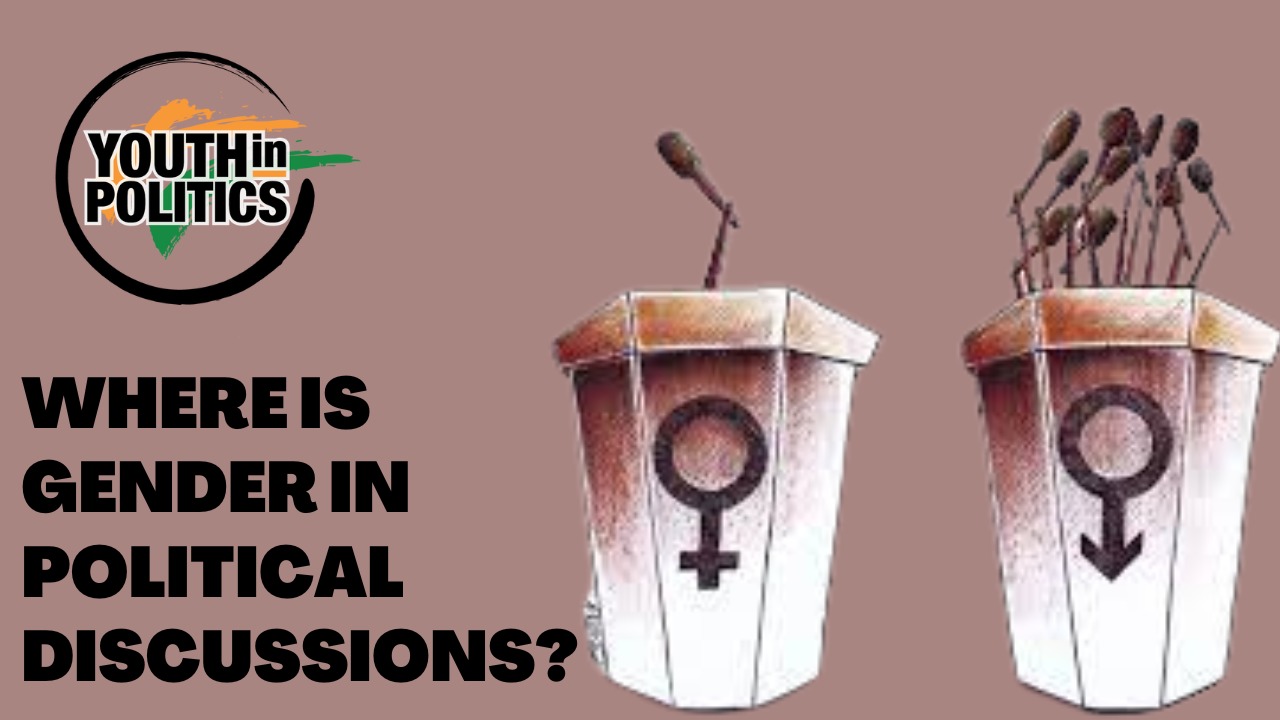
Written By : Prapti Bhatia
There are many ways in which gender disparity manifests itself, including social stereotyping, domestic and societal violence, gender pay gaps, etc. It is not surprising that a large segment of our society experiences unequal or disadvantageous treatment based on gender. Considering the multilayered nature of Indian society, which includes class, caste, and urban and rural divides, the inequality and abuse women face differ due to their intersection with two or more of these factors. While Beti Bachao, Beti Padhao and many other schemes have surfaced to empower women in India, the big question I still feel is whether men in politics are ready to share the power with women?
In my studies, I often wondered how great attention is paid to issues like poverty and caste discrimination in India. However, that is not the case with gender discrimination. During the elections, I used to feel why nobody is screaming on the loudspeakers about issues of gender equality and why women’s safety, equal pay, etc are never part of election promises. One reason could be very simple there aren’t enough women in politics holding the placards of women’s equality.
According to the World Economic Forum’s Global Gender Gap Report 2021, India ranked India 140 out of 156 countries in women’s representation in Parliament and the stats on the national level are even more alarming. Only 14% of Indian Members of Parliament are women, with roughly half of them hailing from only four states. The percentage of women elected to State Legislative Assemblies is even lower: only 9%. The stats clearly pay attention to how half population of a country is only represented by a very small number and gender equality is far from reality in the world’s biggest democracy.
Second, we can attribute that voting patterns in India are also based on a range of overarching traditions that influence how society votes. Religion, caste, region, and community are all significant determinants of the same and hence giving seats to women’s issues or raising issues around women’s issues might be considered a weak & risky bet in politics that leads to the vicious cycle which limits women’s entry into politics.
Thirdly, even when women’s issues are represented in political areas the context and tone is itself problematic. For example, in the last few years, women’s security has been a rising issue but the way it has been addressed is in itself talks about the inadequacy of women representatives in India. When leaders are talking about rape and violence against women they do not talk about how it is a right of women to be living in a safe world but rather tone is they are weak and can’t help themselves and we have to stand up for them. Hence, the policies become welfare in nature rather than empowering.
I believe that politics is not the only space to raise awareness about gender issues, having women excluded from policy-making bodies has led to inadequate responses to women’s issues as well as insensitive policy-making. I don’t know if more women representatives during elections would mean more gender issues in the limelight because there are party agendas which work on a broader level but I believe more women in decision-making structures would mean that there will be actually a good percentage of representatives from a section for society for whom the policies will be made and this is definitely worth fighting for.

Leave a Reply